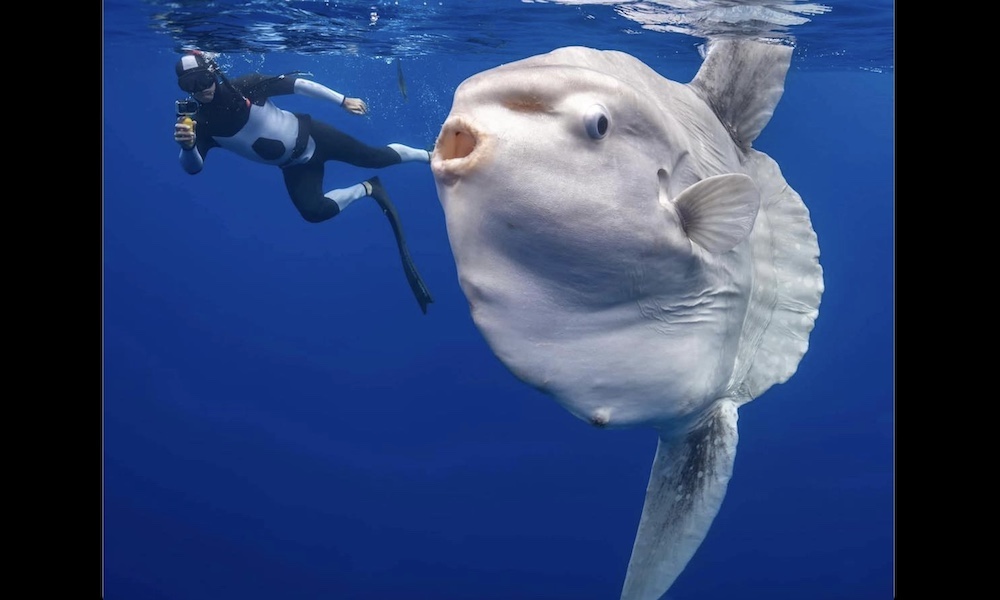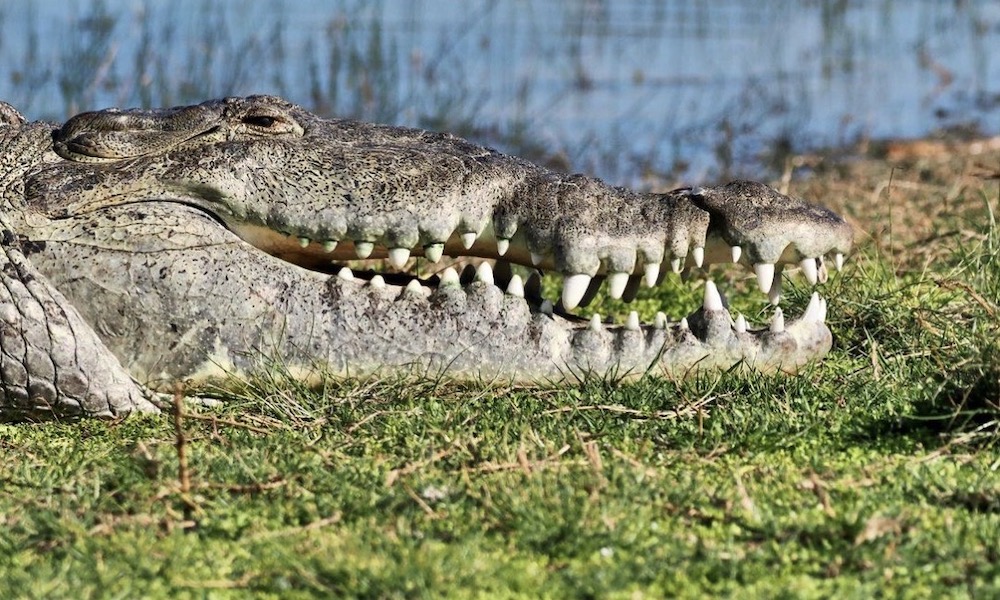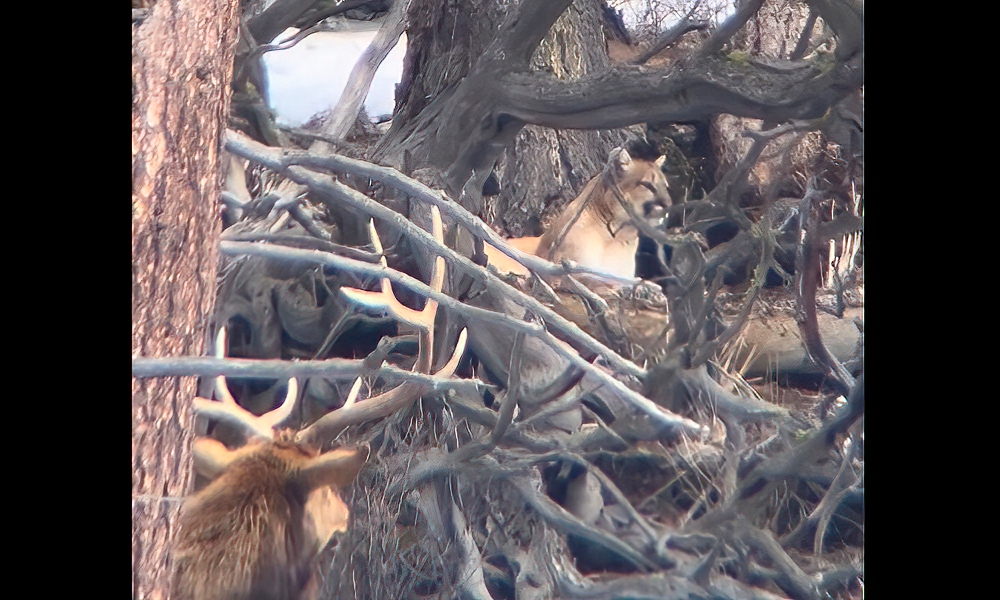Mola mola sightings are special because the massive sunfish, aside from being docile giants, are so peculiar-looking.
Their bodies are flat and appear to be missing their rear ends. With huge eyes and tiny mouths, they roam the currents looking clumsy and alien-like, but strangely beautiful.
But because Mola molas inhabit pelagic waters miles from shore, the vast majority of sightings occur from boats.
View this post on Instagram
On Friday, however, a Southern California photographer shared an image of him in the water alongside a Mola mola he estimated to weigh 400 pounds.
A small fry if you consider that the Mola mola, the largest bony fish in the world, can weigh up to 5,000 pounds. But still impressive, and for Mark Girardeau an encounter he’ll always treasure.
“From the surface, you mostly just see the upper fin sticking above the water but once you jump in when the water is clear, it’s just the craziest experience!” Girardeau told FTW Outdoors. “The water was still and the ocean was a deep-blue color that day so you could just swim right over to this massive fish and it was fine with it.”

The encounter occurred last summer between Newport Beach and San Clemente Island, in water more than 3,000 feet deep.
Girardeau stated Friday on Instagram: “I don’t post many photos of myself so here it is the real me (on the left)! Thanks to [Delaney Trowbridge] and her underwater housing for capturing this moment in time.”
Girardeau and Trowbridge were part of a Pacific Offshore Expeditions expedition.
Trowbridge is a captain and, like Girardeau, a talented photographer. Her Facebook post on June 30 showed the same Mola mola with a pilot fish escort.
Trowbridge described the encounter as “ dream come true… coming face to face with one of the strangest fish on Earth!”
She added: “ It wasn’t difficult at all to jump into 3,000 feet of open water to swim alongside this beautiful Mola mola.
“Accompanying this gentle giant was a lone pilotfish, a very rare species for Southern California, more often encountered in tropical waters. I can’t blame the little guy for visiting us though, it sure felt like we were swimming in Hawaii!”
















